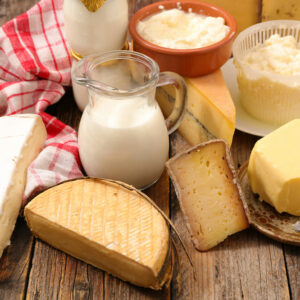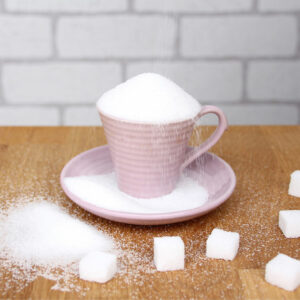Top 13 most returned Christmas gifts

One can almost hear the jingling Christmas bells and see the twinkling fairy lights with Christmas not that far away. With it comes the exchange of gifts—an indispensable part of Christmas celebrations. Choosing a gift is about understanding what the receiver wants and likes and combining visual appeal with utility. To help one narrow down the best options, here are a few gifts that are often returned and, thus, should be avoided:
1. Video games
Although buying a video game is a good idea for gamers, if one does not have access to the receiver’s game collection, they may end up gifting a game that the receiver already has. Moreover, if one does not have a fair idea about video games, they may end up buying the wrong game, which may not be useful for the recipient. So, it is a good idea to avoid buying a video game if one is unsure of the exact game the recipient wants.
2. Shoes
Few things are more pleasant for fashionable individuals than being gifted a pair of elegant shoes. However, buying the right pair of shoes involves many considerations. First, one would have to ensure that the type and design of shoes are in accordance with the recipient’s preferences. Further, one shoe size definitely does not fit all, so shoes of the wrong size would be returned as a Christmas present.
3. Scented candles
Scented candles are perhaps among the most popular Christmas gifts. But candles with an overwhelmingly strong fragrance or those with a scent the recipient does not like can make the gift stay unused. Alternatively, one can consider gifting a loved one a scent diffuser for Christmas, as they can add the fragrance of their choice to it.
4. Clothes
Gifting clothes is usually risky, as one would have to consider factors like the size of the receiver, the type of clothing they like, and whether they already have similar options. Each person has their own unique style, so one should gift clothes only if they understand the recipient’s fashion sense.
5. Kitchen appliances
Kitchen appliances are some of the most popular Christmas gifts that recipients typically pass on or return. Here, the recipient may already have the juicer or coffee maker one is about to gift them. So, it is better to avoid gifting a kitchen appliance unless one knows for sure it is something that the receiver has not already bought.
6. Crockery and glassware
A crockery or glass set has long been the go-to gift, as it is considered visually appealing and useful. However, crockery and glassware have become so increasingly common as Christmas gifts that most tend to pass on or return the surplus sets. The worst-case scenario here is that these sets may end up sitting on the kitchen shelf, never to be touched for years. So, gifting a crockery set or glassware may not be the best idea this Christmas.
7. Home decor
Decorating a home is a highly personal experience that is best left to those who inhabit the living space. So, while buying home decor may be a well-meaning gesture, one may have to risk the gift being turned down or returned if it does not align with the recipient’s preferred style. A better idea here is to ask a loved one what kind of home decor they are looking for rather than assuming what they would like.
8. DVDs
Although DVDs and DVD players used to be excellent gifts some years ago, they are outdated in the current era of streaming platforms. A gift card or OTT subscription may be a better gift than DVDs or DVD players.
9. Electronics
Gadgets like phones and laptops may be highly useful gifts if chosen well. However, the wrong gadget may end up as a white elephant, which the receiver may return or pass on. So, unless one is absolutely sure of the specific model and type of gadget that will please the recipient, they should avoid buying such gifts.
10. Pricey jewelry
While jewelry is generally a good gift for loved ones, it may backfire if one picks the type of jewelry that the recipient is not likely to wear. In such cases, it may burn a hole in the gift giver’s pocket while not being useful to the recipient. Moreover, the recipient may already own similar jewelry. Finally, everyone has unique preferences, so there is a chance that the recipient may not like the specific piece of jewelry.
11. Sweets
Over the years, sweets such as candies, gum, and chocolates have been consistently among the most returned presents after Christmas. While some may return these gifts for health reasons, others may simply not prefer the taste and texture of a particular sweet. Moreover, sweets are not long-lasting gifts, so the recipient cannot preserve the gift as a memory over the years to come.
12. Perfumes
Although perfumes are generally considered superior gifts, people are typically loyal to a specific brand of perfumes. So, when gifting a bottle of perfume, one has to consider the possibility that it may be returned or never used.
13. Baby clothes
According to a poll conducted by a market research company, MarketTools, baby clothes are among the most returned gifts, primarily because of sizing issues. Babies can also outgrow clothes quickly, making it extremely important to get the size right.



